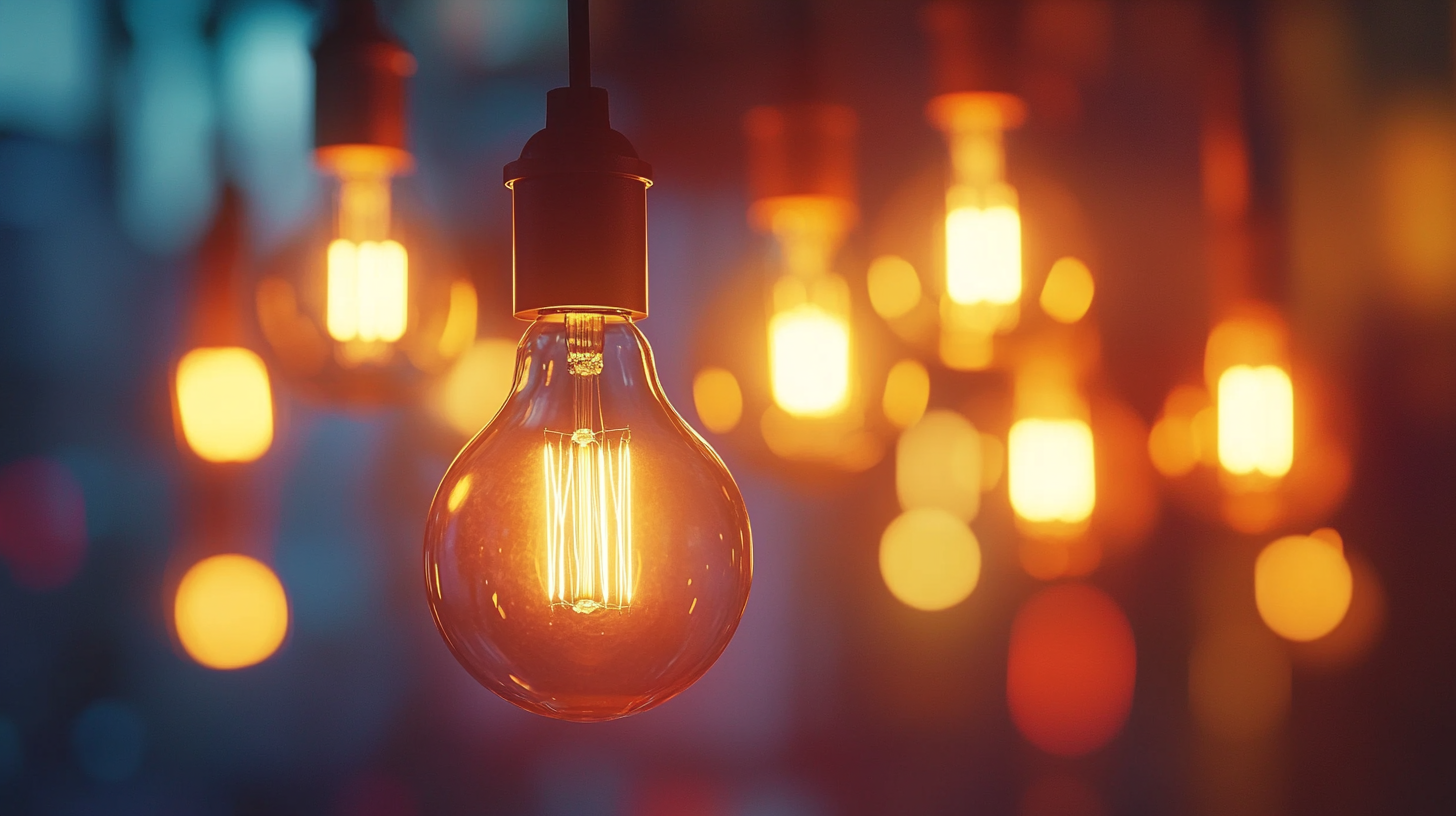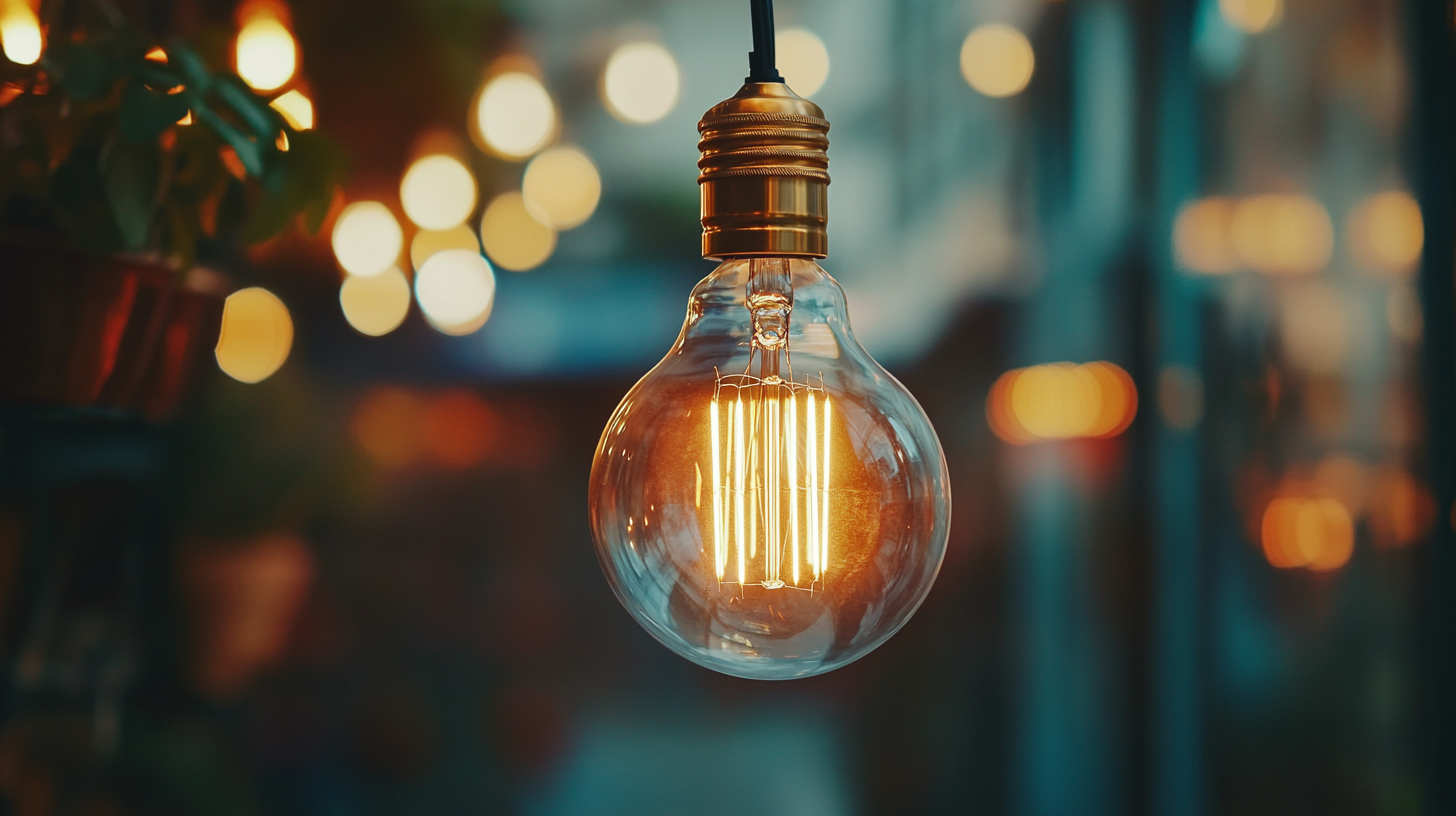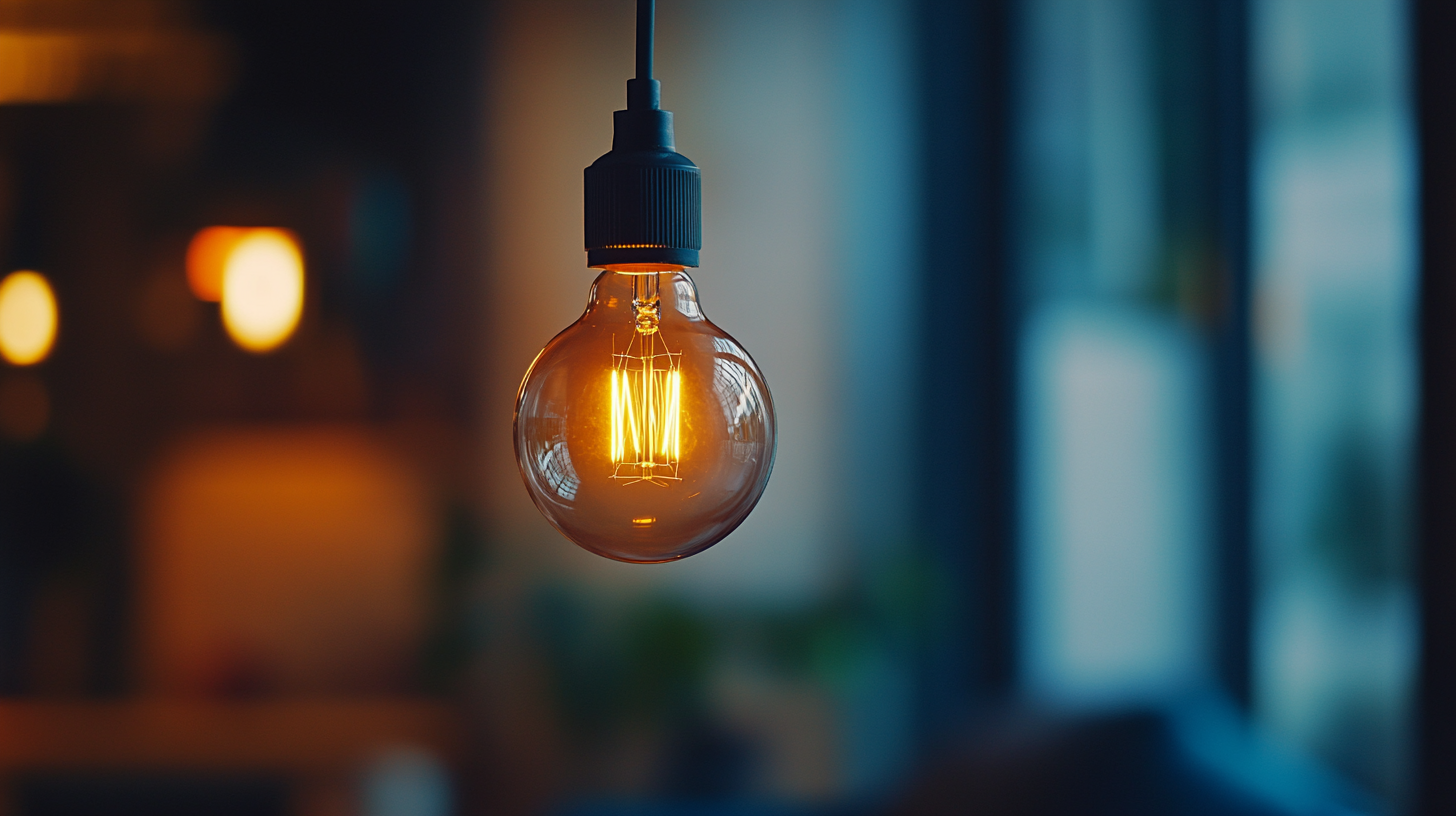Exploring Unique Features of Home Lighting Solutions and How to Choose the Right Fit for Your Needs
In today's world, home lighting plays a crucial role not only in enhancing the aesthetics of our living spaces but also in influencing our mood and productivity. From warm, inviting hues that create a cozy atmosphere to bright, focused lighting that aids in daily tasks, the right home lighting solutions can transform an ordinary room into an extraordinary environment. As technology continues to evolve, the options for home lighting have become increasingly diverse, featuring innovative designs and sustainable choices that cater to various needs and preferences.
Choosing the perfect home lighting is an art that combines personal style with functional requirements. Whether you're looking to illuminate a spacious living room, a cozy bedroom, or a bustling kitchen, understanding the unique features of different lighting solutions is essential. This blog aims to explore various home lighting options, shedding light on their unique attributes while providing guidance on how to select the ideal fit for your specific needs. Join us as we navigate through the vibrant world of home lighting to enhance your living experience.

Understanding the Importance of Home Lighting and Its Impact on Mood and Productivity
Home lighting is a vital component that significantly influences both mood and productivity within a living space. Studies indicate that the right lighting can enhance concentration, improve mental clarity, and even boost creativity. According to a report by the Lighting Research Center, exposure to bright light during the day can improve alertness by up to 75%, making it essential for home offices or study areas where focus is key.
Moreover, the emotional impact of lighting cannot be overlooked. Research published in the Journal of Environmental Psychology highlights that dim lighting fosters relaxation, while bright, natural light enhances feelings of happiness. This duality of lighting's effects underscores the importance of ambient, task, and accent lighting in creating a space that caters to various needs—whether it’s unwinding after a long day or gearing up for a productive session.
Choosing the right lighting involves understanding the color temperature and brightness levels that suit different activities. For instance, a warmer light around 2700K can create a cozy atmosphere in living areas, whereas cooler tones around 5000K can be more suitable for work-related tasks. By taking these factors into account, homeowners can create an environment that not only meets functional requirements but also promotes well-being and enhances overall productivity throughout their day.
Key Lighting Technologies: LED vs. Fluorescent vs. Incandescent and Their Energy Efficiency
When evaluating the key lighting technologies of our era, the debate between LED, fluorescent, and incandescent bulbs is vital. Recent trends indicate a clear shift away from incandescent lighting due to its energy inefficiency and shorter lifespan. The phased-down approach in many regions is driving consumers to consider alternatives. While incandescent bulbs may provide a warm glow, they consume significantly more energy compared to newer technologies, resulting in higher electricity costs.
Fluorescent lighting has served as a middle ground, offering improved efficiency over incandescent bulbs. However, the emergence of LED technology has heralded a game-changing moment in the lighting industry. Reports indicate that LED lighting consumes up to 75% less energy than traditional incandescent bulbs, leading to substantial cost savings. Not only do LEDs offer longer lifespans of over 25,000 hours, but they also help in reducing carbon emissions, a crucial factor as the world moves towards sustainable energy solutions.
The adoption of energy-efficient lighting is gaining traction in various sectors, including education, where initiatives in countries like Kenya aim to enhance learning environments. The Ministry of Energy and Petroleum's pilot program on energy-efficient lighting highlights the growing recognition of the importance of sustainable lighting in schools to improve educational outcomes. As industrial markets evolve, reports predict that industries will increasingly shift towards LED systems, with the global industrial lighting market projected to experience growth driven by energy efficiency adoption. With these advancements, consumers and businesses alike are encouraged to choose lighting solutions that not only meet their needs but align with global sustainability goals.

Assessing Different Lighting Styles: Ambient, Task, and Accent Lighting for Diverse Spaces
Lighting is a crucial element in any home, influencing both functionality and ambiance. When assessing different lighting styles, it’s essential to understand the distinct roles that ambient, task, and accent lighting play in diverse spaces. Ambient lighting serves as the foundational illumination, providing overall brightness to a room. It can be achieved through ceiling fixtures, wall-mounted lights, or large lamps that cast light uniformly across the space. For areas like living rooms or bedrooms, ambient lighting creates a warm and inviting atmosphere, making it easy to navigate and enjoy the space.
Task lighting, on the other hand, focuses on specific activities that require additional brightness. This type of lighting is vital in spaces such as kitchens, home offices, and reading nooks. Desk lamps, under-cabinet lights, and pendant lights placed over work areas are all examples of task lighting that enable you to perform focused activities without straining your eyes. Therefore, it's important to position task lights strategically to support your daily routines and increase efficiency.
Lastly, accent lighting adds depth and character to your home. This style is designed to highlight specific features or objects, such as artwork, plants, or architectural details. Spotlights, track lights, and wall sconces can create dramatic effects, enhancing the visual interest of your space. By combining these three lighting styles—ambient, task, and accent—you can curate a balanced and functional lighting scheme that enhances the overall aesthetic of your home while catering to your specific needs.

How to Evaluate Lighting Solutions Based on Room Functionality and Personal Preferences
When choosing the perfect lighting solution for your home, it’s essential to consider the functionality of each room and your personal preferences. For instance, a cozy reading nook would benefit from warm, ambient lighting that invites relaxation, while a home office might require bright, focused lighting to enhance productivity. Taking the time to evaluate the specific activities that will take place in each room is crucial in making an informed decision about your lighting options.
In today's technology-driven world, smart home systems play a significant role in customizing your lighting experience. With AI interior design tools, homeowners can explore and visualize various lighting arrangements tailored to their unique styles and room functionalities. These tools allow you to experiment with different light sources, intensities, and colors, bringing your vision to life without the need for professional help. Whether you're aiming for a modern, minimalist feel or a warm, rustic atmosphere, smart home technology can seamlessly adapt to your needs, ensuring that your living space feels both practical and stylish.
Industry Trends: Smart Lighting Innovations and Their Role in Modern Home Design
In recent years, smart lighting innovations have gained significant traction, shaping modern home design and enhancing the way we interact with our living spaces. According to a report by Statista, the global smart lighting market is projected to reach approximately $30 billion by 2025, driven by advancements in technology and rising consumer demand for energy-efficient solutions. These innovations not only improve convenience but also allow homeowners to personalize their environments, creating atmospheres that cater to different moods and activities.
One of the key trends in smart lighting is the integration of artificial intelligence and IoT (Internet of Things) technology. By leveraging smart home ecosystems, users can control their lighting through voice commands or mobile applications, allowing for seamless adjustments and automation. As highlighted in a study by MarketsandMarkets, the adoption of smart lighting solutions is expected to grow at a compound annual growth rate (CAGR) of 24.9% from 2020 to 2025. This rapid growth indicates that homeowners are increasingly embracing smart technologies that contribute to sustainability and energy savings.
Furthermore, design aesthetics play a crucial role in the evolution of home lighting solutions. Today's consumers are not just looking for functional lighting but also for fixtures that complement their interior styles. Innovative designs, such as LED strips and smart bulbs that change colors, allow homeowners to express their individuality while enhancing the visual appeal of their spaces. As noted in a report by Allied Market Research, the segment of decorative smart lighting is anticipated to witness substantial growth, reflecting a shift towards integrating advanced technology within stylish home decor.
 Skip to content
Skip to content